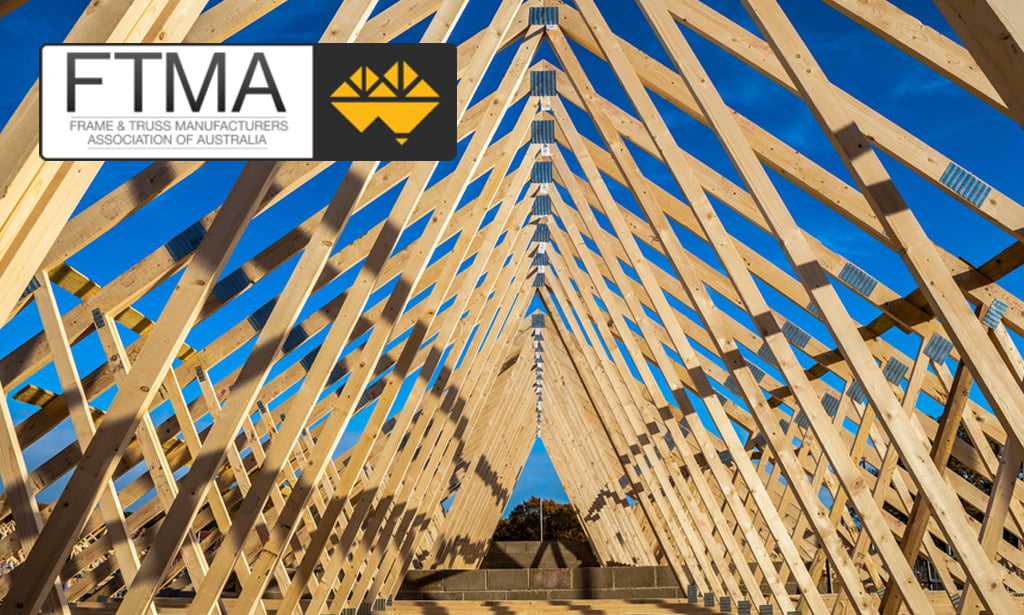It was fantastic to see that the key sponsors were all timber companies. Meyer Timber, Egger, Weathertex and Carter Holt Harvey Wood Products all set up displays to promote the range of timber options to the architects, builders, and people involved in the modular prefabricated (prefab) building industry.
The Hon Minister Lily D’Amrosio, Victorian Minister for Industry, opened the conference and it was refreshing to hear her mention my favourite words ‘innovation’ and ‘collaboration’ a number of times.
Minister D’Amrosio stressed in her opening words that the Victorian Government was committed to understanding more about the skills and complexity of prefab, and how it can assist in the development and enhancement of the industry. Reflecting
on the fact that prefab saves time, waste, and on-site disruptions – while also increasing work place safety – were key benefits outlined for the future of the construction industry, consequently enhancing productivity in the sector as well.
Innovation is the key to our future, and Minister D’Amrosio recognised that our sector has a well-trained eye for addressing opportunities for innovation. The Victorian Government wants to support new and enhancing manufacturing projects in Victoria, transferring the state’s industries across to new technologies and replacing traditional manufacturing jobs.
To facilitate this the Victorian Government has invested $200 million in to the Future Industries Fund for the advancement of food, fibre, and construction technologies. This provides fabricators with a great opportunity to consider the future of the construction industry, where our sector is headed, and how and when to invest in new technologies.
If the current predictions are correct, and Melbourne’s population increases to 8.4 million by 2056, now is the right time to focus on the opportunities in the multi-residential housing market.
Rob Adams, the Director of City Design at the City of Melbourne, followed Minister D’Amrosio and it was again refreshing to hear someone involved in planning recognise that the current planning scheme was ineffective, and needs to be thrown out and re-done to cater for the future.
The traditional planning methods are out of date and unless future planning is examined with innovative and fresh eyes, opportunities will be lost.
I was shocked at the conference when we were told that the Royal Adelaide Hospital is the third most expensive building in the world, with a staggering $2.1 billion building cost.
This compares to buildings such as just one of the two World Trade Centres ($US3.9 billion), the Romanian Palace of the Parliament ($US3 billion and 13 years to build), the Venetian’s 53 storey Palazzo ($US1.9 billion), London’s Shard building ($US1.9 billion), or the stunning Sheraton Huzhou Hot Spring Resort ($US1.5 billion). On top of these examples, the Gold Coast University Hospital wasn’t far away from the top 10.
The thought process behind building health care facilities needs to change, and it appears that the modular sector is definitely taking over this area. Catalogues with varying rooms, operating theatres, and bathrooms are available – and one presenter demonstrated how this method led to a full factory-built hospital being constructed from a handshake contract to completion within one year. In this instance I’m not even talking about a small regional hospital, but a 500 bed hospital.
There are supposedly opportunities for the Australian prefab industry to emulate the automotive industry and learn from them. I understand that process lines and lean manufacturing are important, but in Australia, our automotive industry is closing down as they cannot compete with imports.
If we go down the path of building all hospitals and multi-residential buildings in modular prefab formats, then what’s to say developers won’t begin importing these products from overseas and out-pricing our own home-grown industry.
Finally, the most frustrating thing for me about this conference was having people present on sustainable housing which uses concrete, steel, and aluminium. There needs to be a greater focus on the environmental benefits of timber. I had the pleasure of sitting with some of the steel representatives, who were wonderful people, however, their rhetoric that steel is one of the most environmentally friendly products is rubbish.
Yes, steel can always be recycled, but what about the fact that to create steel you first need to rip minerals out of the earth, which are not renewable, and every time you do recycle the product you create more carbon and massive amounts of energy is consumed.
Environmentally friendly my ***!
Finally, as I said at the start, collaboration was also mentioned and it is important for fabricators to recognise that connections are not only a key component to your business, with regards to the trusses and wall frames you manufacture, but also the business connections. All of which are pivotal to your future businesses success.
For more information contact Kersten Gentle on 0418 226 242.









